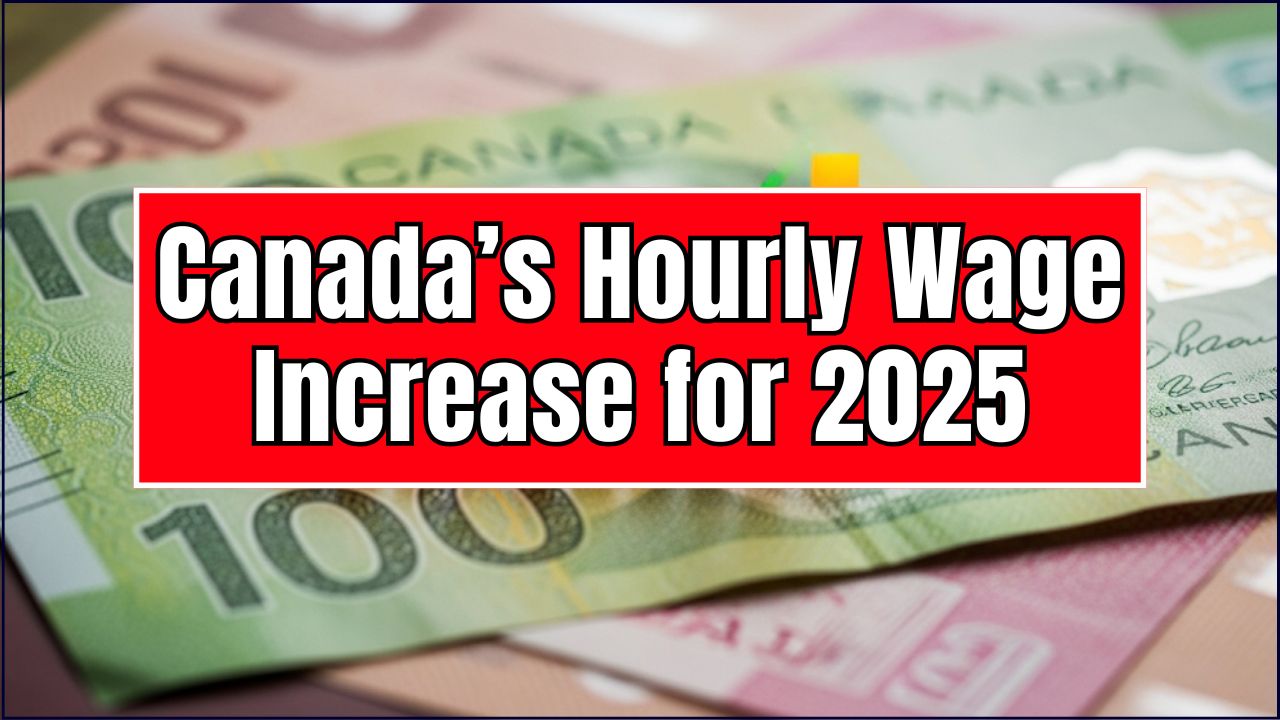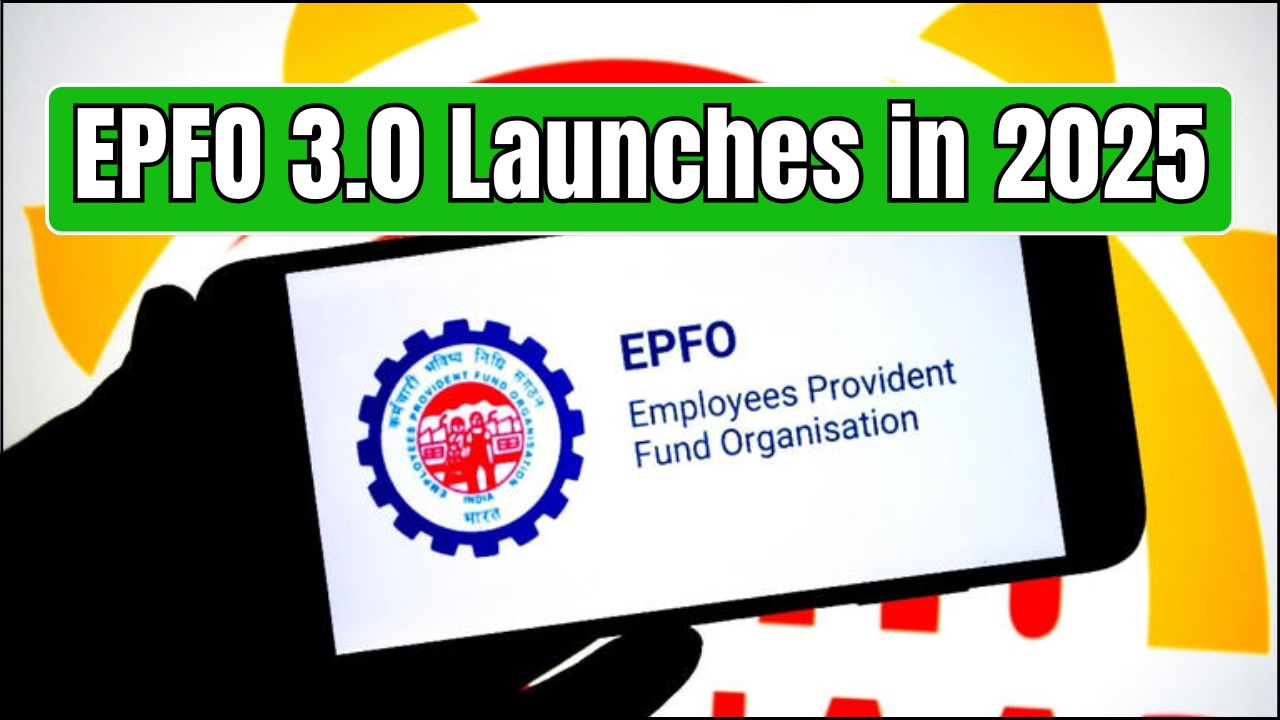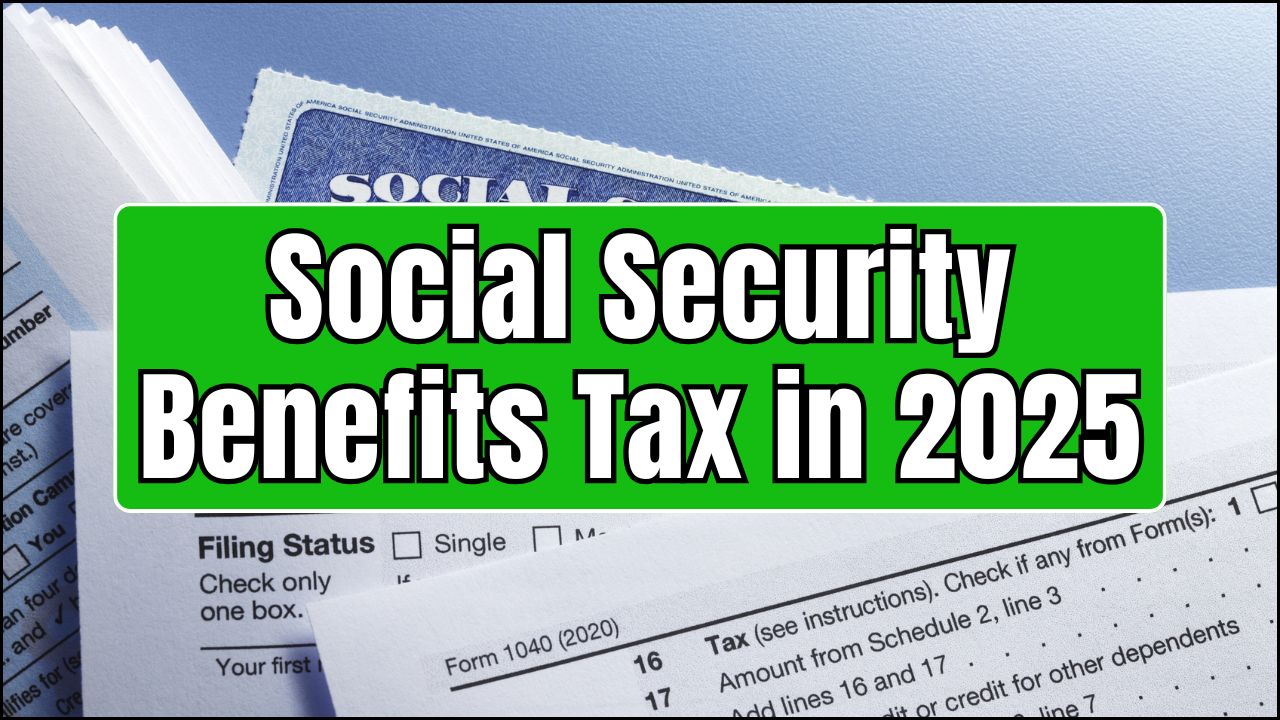When it comes to building wealth, many of us look for reliable investment options that promise both security and returns. In India, Fixed Deposits (FDs) and Public Provident Funds (PPFs) are two of the most popular long-term savings instruments. With the growing number of investment options available today, it can be tough to decide which one is best suited for your needs, especially as we step into the year 2025. So, if you’re wondering which one of these investments can potentially make you richer, then this detailed comparison will give you all the insights you need.
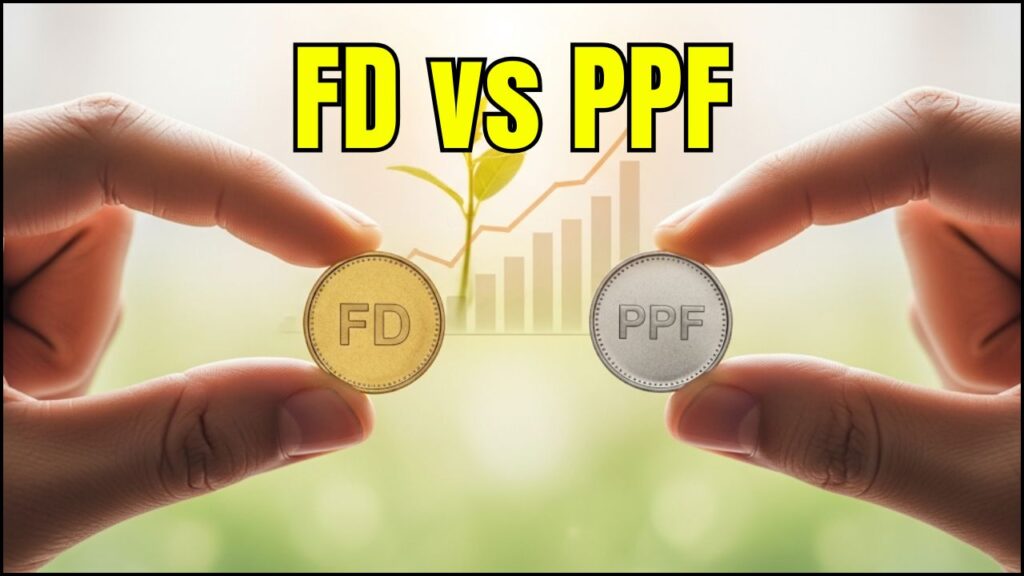
The short answer is, it depends on your financial goals, risk appetite, and the time frame you have in mind. This article will break down both FD and PPF investments in detail, showing you the pros and cons, return potential, taxation benefits, and more. Let’s dive in and see which investment option could take you closer to your financial dreams in 2025.
FD vs PPF
| Factor | Fixed Deposit (FD) | Public Provident Fund (PPF) |
|---|---|---|
| Interest Rate | Varies (6.6% to 7.95%) | Fixed at 7.1% p.a. (Q2 FY 2025-26) |
| Taxation | Interest taxed, TDS applicable | Tax-free interest and maturity amount |
| Investment Limit | No upper limit, flexible investment amounts | Max ₹1.5 lakh per financial year |
| Liquidity | High liquidity, but premature withdrawal incurs penalty | 15-year lock-in, partial withdrawals after 6 years |
| Risk | Relatively low, but returns may not keep up with inflation | Low, government-backed, stable returns |
| Tenure | 7 days to 10 years | 15 years, extendable in blocks of 5 years |
| Tax Benefits | Deduction under 80C for tax-saving FDs | Deduction under 80C for up to ₹1.5 lakh, tax-free returns |
Choosing between FD and PPF depends on your specific financial goals, tax bracket, and investment horizon. FDs are great for short to medium-term investments with more flexibility, but the returns are taxable. On the other hand, PPFs are excellent for long-term wealth building with tax-free returns, making them a better choice for retirement planning or long-term financial goals.
In 2025, as you plan your investments, consider your timeline, tax considerations, and liquidity needs. Both FD and PPF have their strengths, and the best approach is often a combination of both, based on your evolving needs.
Introduction: FD vs PPF – Understanding the Basics
Before we go any deeper into the comparison, let’s lay the groundwork for both FD and PPF so we can make sense of how they work:
What is a Fixed Deposit (FD)?
A Fixed Deposit (FD) is a simple, low-risk investment option where you deposit a lump sum amount for a fixed tenure with a bank or financial institution. The bank offers an interest rate, and at the end of the tenure, you receive the principal plus interest. FDs are favored for short to medium-term goals due to their flexibility and predictable returns.

Pro Tip: If you’re in a higher tax bracket, the interest earned from FDs will be taxed as per your income level, which can eat into your returns.
What is a Public Provident Fund (PPF)?
The Public Provident Fund (PPF) is a long-term, government-backed savings scheme designed to encourage saving for retirement. The PPF offers tax-free returns and is an attractive investment option for those with a long-term horizon. PPFs are ideal for retirement planning, with a lock-in period of 15 years, but partial withdrawals are allowed after 6 years.
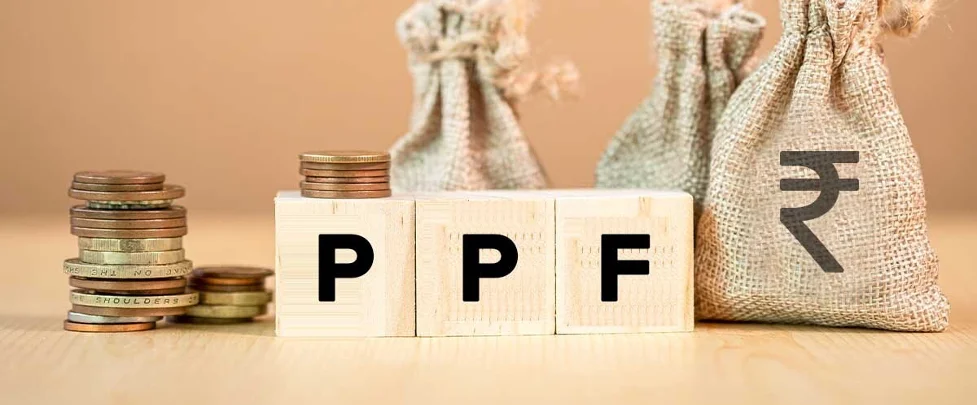
Pro Tip: The interest earned on a PPF is not taxable, making it a powerful tool for tax-free wealth accumulation over time.
The Big Comparison: FD vs PPF – Breaking It Down
Let’s now break it down into practical advice that will make it easier for you to choose between these two.
1. Interest Rates and Returns
- Fixed Deposits: FD interest rates generally range between 6.6% to 7.95% (varies by bank and tenure). However, interest earned from FD is taxable, so your effective return is lower if you fall in the higher tax brackets. You’ll also get a better return if you opt for longer tenures.
- Public Provident Fund: The PPF interest rate is 7.1% as of now (Q2 FY 2025-26), and it’s fixed for the entire year. The best part? The interest earned is tax-free, so what you see is what you get.
2. Taxation: How It Affects Your Wealth
- FDs: The interest earned from FDs is taxable. If the interest exceeds ₹40,000 in a financial year (₹50,000 for senior citizens), TDS (Tax Deducted at Source) will be applicable. This means the interest will be taxed before you receive it. You will also need to include FD interest in your annual income and pay tax accordingly.
- PPF: One of the biggest advantages of a PPF is that it offers tax-free returns. Additionally, the investment itself qualifies for a deduction under Section 80C, up to ₹1.5 lakh per year. This makes the PPF an ideal choice for those who want to maximize tax savings while building wealth for the future.
3. Investment Horizon
- FDs: You can choose to invest in an FD for anywhere between 7 days to 10 years. If you need access to your money sooner, FDs are more flexible since you can choose shorter tenures. However, there is a penalty for withdrawing before the maturity date.
- PPF: The PPF has a 15-year lock-in period. While that might seem like a long time, it works well for those who are saving for long-term goals like retirement. You can, however, withdraw a part of the funds after the 6th year if needed, or you can extend the PPF beyond 15 years in 5-year blocks.
4. Liquidity and Flexibility
- FDs: If you need access to your funds earlier, you can opt for a premature withdrawal, but there will be a penalty. FDs are great for short-term needs because they offer liquidity. Plus, many banks allow you to take a loan against your FD, which can be useful in emergency situations.
- PPF: Liquidity in PPF is lower because of its long lock-in period. You cannot withdraw the full amount until the 15th year, but partial withdrawals are allowed after 6 years. This makes PPF less flexible than FDs, but it forces you to save consistently for the long term.

5. Risk Factor: Which Is Safer?
- FDs: FDs are generally low-risk investments, as they are backed by the bank or financial institution. However, if inflation rates rise significantly, your FD returns might not keep up. If the bank were to default, you are covered up to ₹5 lakh by the Deposit Insurance and Credit Guarantee Corporation (DICGC).
- PPF: Since PPF is backed by the Indian government, it is considered a zero-risk investment. Your principal and interest are safe, and you don’t need to worry about inflation eating away at your returns. Additionally, the government guarantees the interest rate, so you don’t have to worry about fluctuations.
6. Best for Tax Savers?
- FDs: While FDs can be used for tax-saving purposes (5-year FD qualifies for a deduction under Section 80C), the returns are taxable, making them less attractive for tax savers in the long run.
- PPF: PPF is the best option for tax savings because both the principal invested and the interest earned are tax-free under Section 80C. If you’re looking to reduce your taxable income and grow wealth over time, PPF is a superior option for long-term financial planning.
7. Example Scenarios: How Much Will You Earn?
Scenario 1: Fixed Deposit
Let’s say you invest ₹1,00,000 in an FD for 5 years at an interest rate of 7% p.a.. After 5 years, you’ll earn ₹35,000 in interest (pre-tax), bringing your total amount to ₹1,35,000.
Scenario 2: Public Provident Fund
If you invest ₹1,00,000 in a PPF for 15 years at an interest rate of 7.1% p.a., assuming the interest rate remains constant, you will end up with a maturity amount of approximately ₹3,07,000—tax-free.
8. The Psychological Advantage: Fostering Financial Discipline
Investing in both FD and PPF encourages financial discipline. With FD, you’re committing to a fixed return, and with PPF, the long lock-in period helps you stay focused on your long-term goals, especially retirement. The structure of these products forces you to save regularly, which can make them excellent options for people who need to be reminded to put aside money for the future.
FAQs
Can I invest in both FD and PPF?
Yes, you can invest in both FD and PPF simultaneously. In fact, diversifying your investments between different instruments can give you the benefits of liquidity (FD) and long-term growth (PPF).
Which is better: FD or PPF?
It depends on your financial goals. If you need short-term liquidity and higher returns, FDs are better. If you’re looking for long-term savings with tax-free returns, PPF is the way to go.
How much can I invest in PPF?
You can invest up to ₹1.5 lakh per financial year in a PPF, and you can split the investment across multiple accounts (such as your spouse or children).
Are FD returns guaranteed?
Yes, FD returns are guaranteed by the bank or financial institution. However, if the inflation rate exceeds the FD interest rate, your returns could be negatively impacted.
